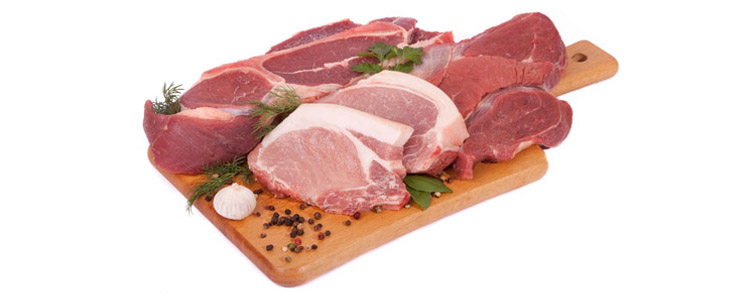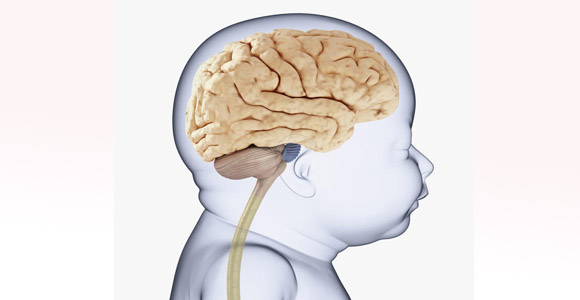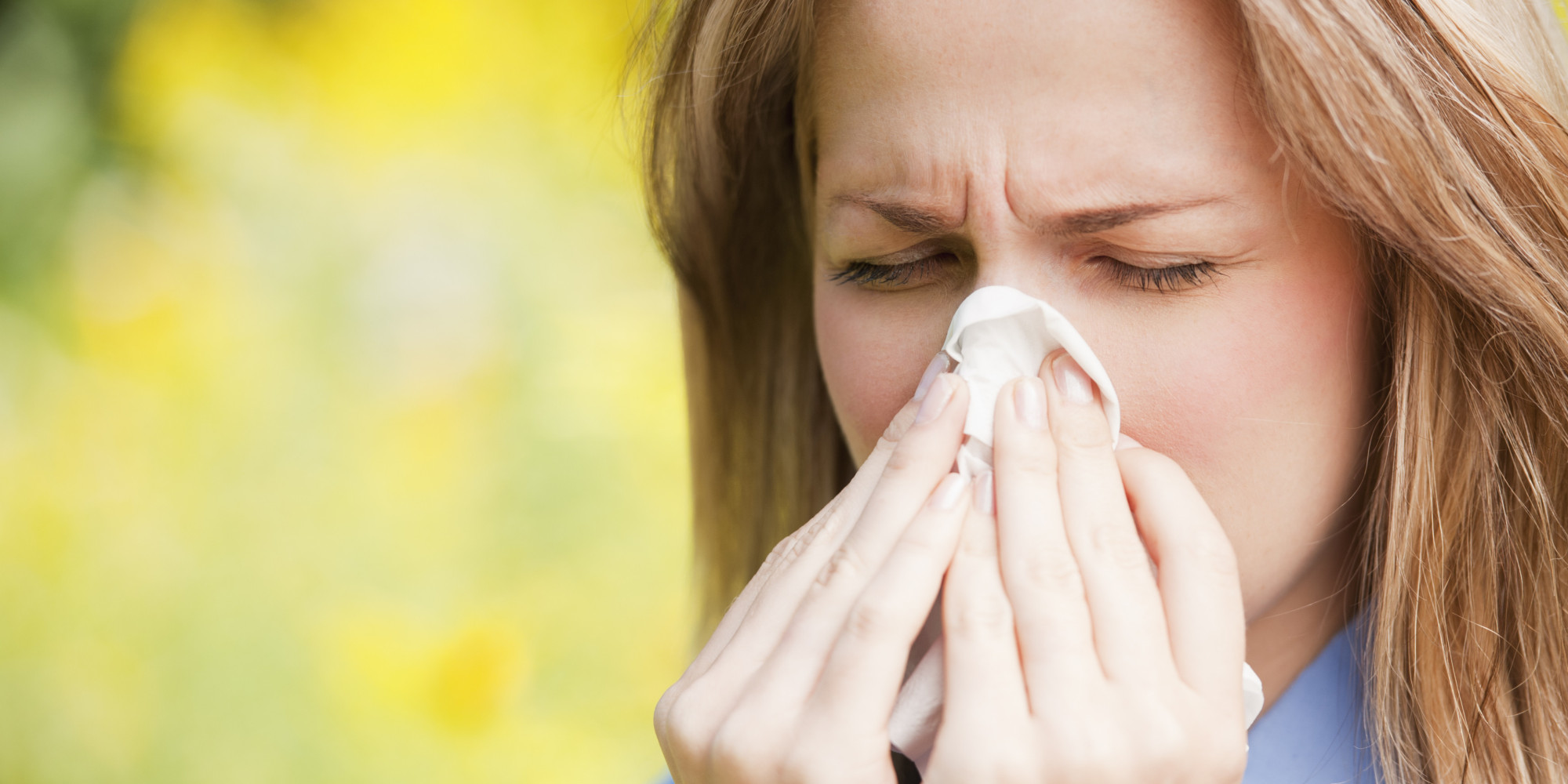Is meat naturally bad for you and something that should be avoided? Is it causing heart attacks and arthritis? Brain diseases and depression? The answer is yes and no. To answer that, first let’s consider the meat we are eating. I am often recommending that humans focus on eating food natural to a human diet. …
News
Meat, Cancer, and the Bacon Craze
The paelo and keto movements have glorified bacon, sausage, and other high fat processed meats. While it is true that saturated fat may not be the main cause of heart disease, that doesn’t mean that bacon is good for you. Regular intake of processed meats is bad for your digestive tract. The curing process…
Trans Fats
Trans fats have FINALLY been recognized by the FDA as unsafe. Unsafe is probably an understatement, but your favorite companies are quietly sneaking these ingredients out. Why are they in there? Since they are man made, they are incredibly shelf stable but still give a nice “mouthfeel”. Too bad even a small amount dramatically increases…
Your Baby’s Brain is Made of Fat!
Many people believe that a low fat diet is a healthy diet. This is not entirely true. What is important to focus on is the kind of fats that you are eating. This becomes critical when you are building another human! (or trying to). First, that cute little baby’s brain is the best part, and…
Where do the allergies start?
What you eat makes no difference when it comes to your allergies, pain, and immune system problems. That’s what you’re told right? Think again!! [info] 80% of your immune system is in your digestive system. [/info] When you eat foods that don’t exist in nature, or foods that your body doesn’t like, the first thing…




